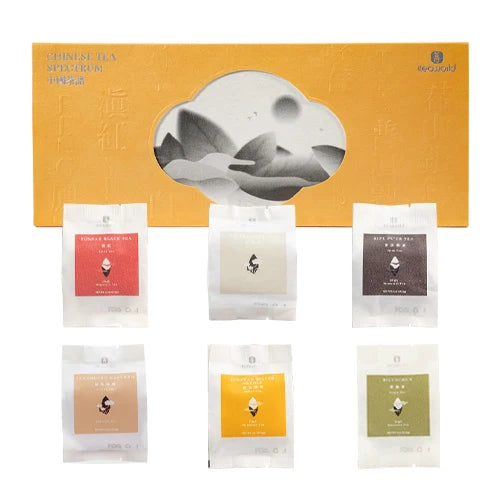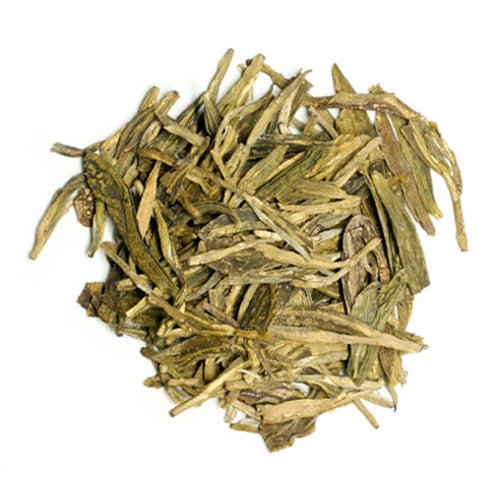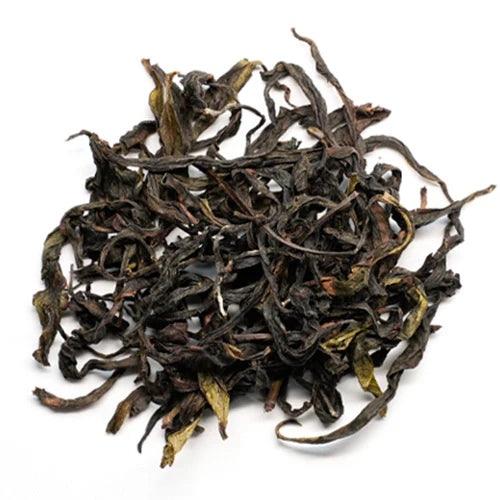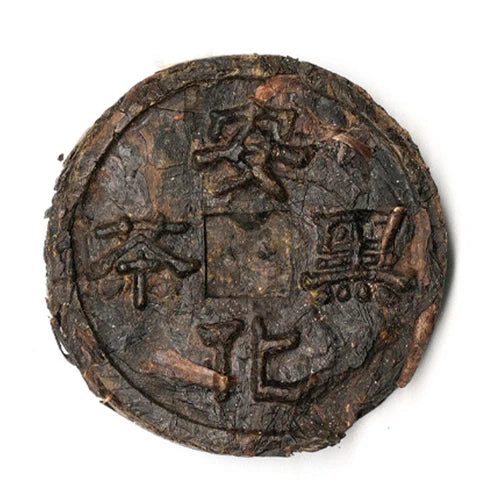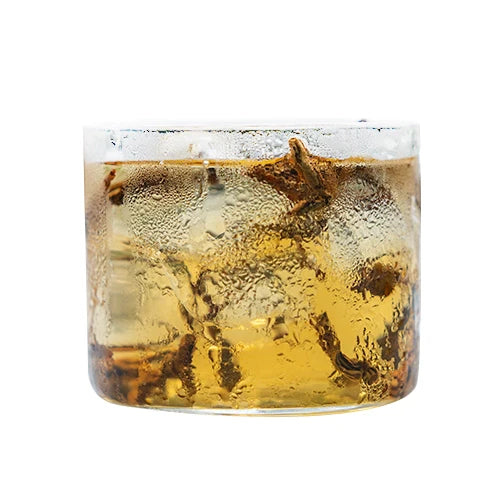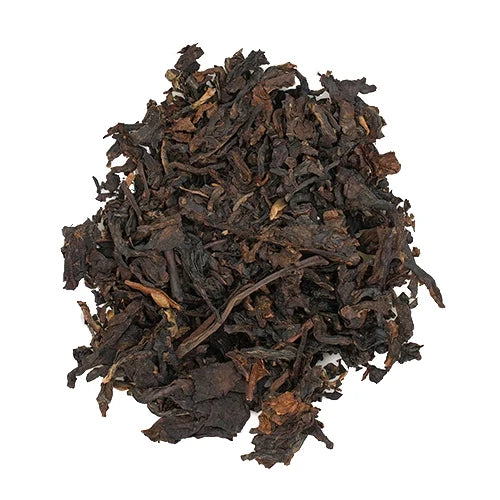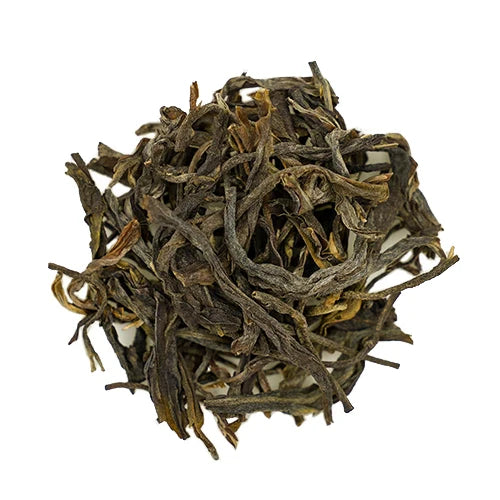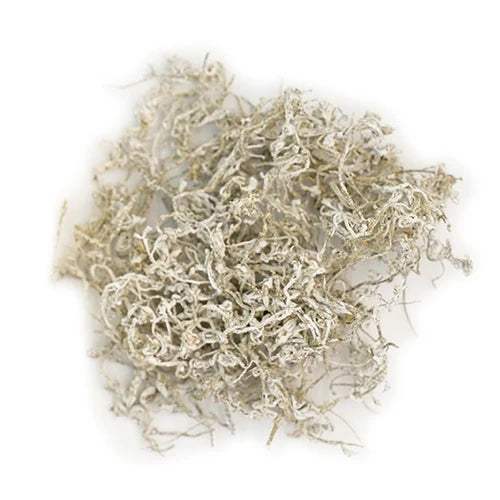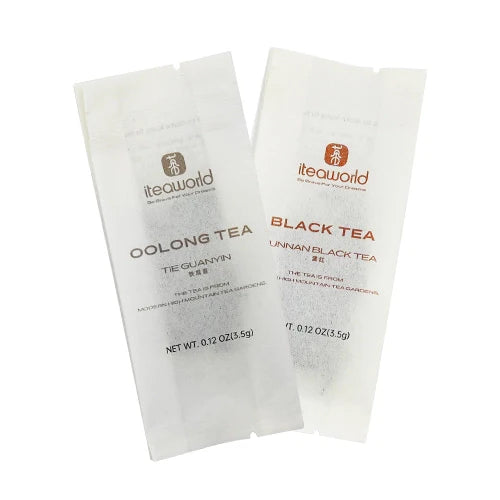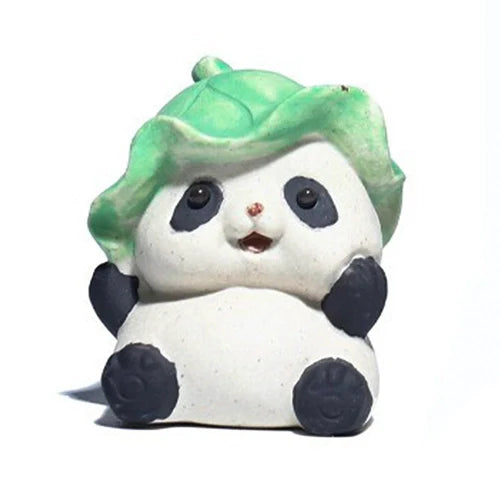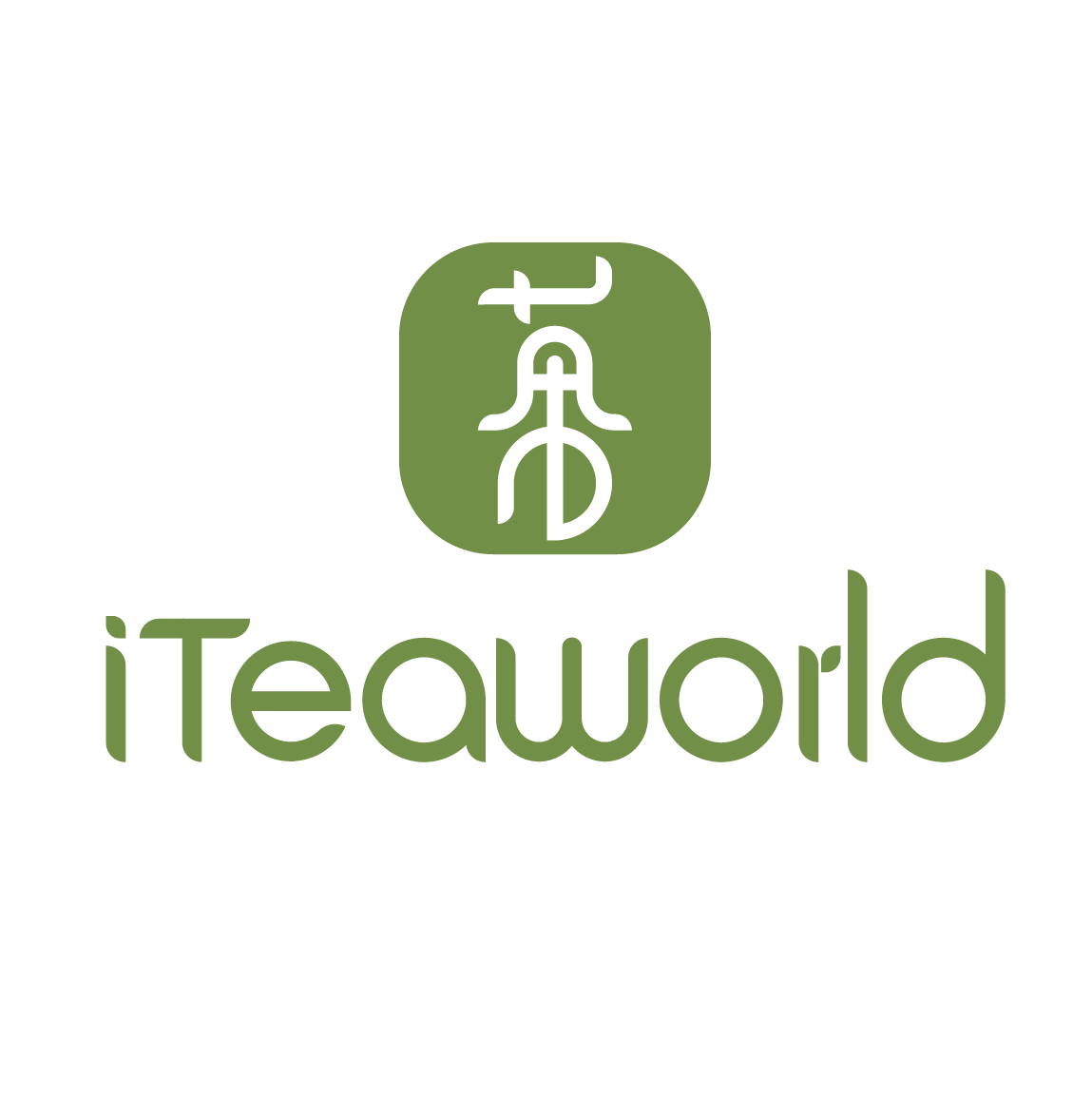Brewing, Tasting, and Storing Oolong Tea

A Beginner’s Guide: How to Brew Tea Using the Chaozhou Gongfu Method
The Gongfu tea brewing method allows the aroma and flavor of Oolong tea to shine at its best. But how can we apply it in our daily lives? This blog will show you how.
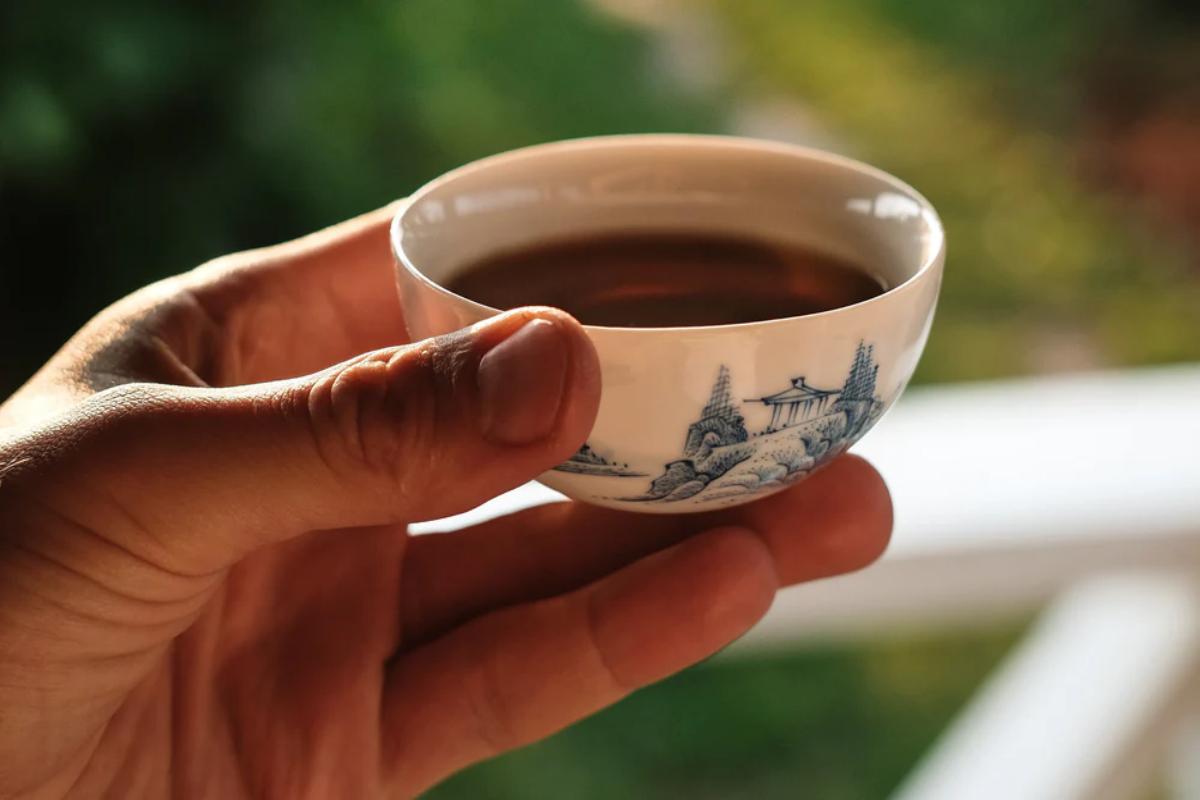
Does Oolong Tea Have Caffeine? Exploring the Caffeine Content in Oolong Tea
Introduction
Oolong tea, with its rich flavor and unique characteristics, has captivated tea enthusiasts around the world. As a traditional Chinese tea, it offers a delightful balance between the freshness of green tea and the depth of black tea. One aspect that often intrigues tea enthusiasts is the caffeine content in Oolong Tea. In this comprehensive guide, we will delve into the fascinating world of Oolong Tea and explore its caffeine content. Additionally, we will provide valuable insights into selecting the right Oolong Tea, brewing techniques to unleash its flavors, and proper storage methods to maintain its freshness.
I. Caffeine in Oolong Tea
Before diving into the specifics of Oolong Tea, it is essential to understand caffeine in tea. Caffeine is a naturally occurring compound found in tea leaves, belonging to the class of xanthine alkaloids. It is responsible for the stimulating effects associated with tea consumption. However, compared to coffee, tea contains lower levels of caffeine, making it a popular choice for those seeking a milder energy boost.
The caffeine content in Oolong Tea varies depending on various factors. Leaf age and size, growing conditions such as altitude, climate, and soil composition, as well as tea processing techniques, all play a role in determining caffeine levels. It is noteworthy that Oolong Tea generally contains less caffeine compared to black tea but more caffeine compared to green tea.
II. Selecting Oolong Tea
When embarking on the journey of exploring Oolong Tea, it is crucial to understand the different varieties available and their unique characteristics. Two renowned Oolong Tea varieties worth exploring are TieGuanyin and Minnan Narcissus.
TieGuanyin, a genuine and authentic Anxi Oolong Tea, originates from a region surrounded by mountains and veiled in mist. Anxi's favorable climatic conditions, including an average annual temperature of 15-18℃, a frost-free period of 260-324 days, and an annual rainfall of 1700-1900mm, contribute to the unique flavor of TieGuanyin tea trees. In fact, the 300-year-old TieGuanyin has been honored with the prestigious "Global Important Agricultural Cultural Heritage" certificate.
Minnan Narcissus, on the other hand, is a sought-after Oolong Tea variety from Fujian Province. This tea has undergone Japanese Organic Food Safety Tests, ensuring its quality and authenticity. Minnan Narcissus boasts tea leaves from 60-year-old tea trees, which metabolize carbonaceous compounds and result in higher sugar and polyphenol content. The leaves from old trees produce dense, smooth, sweet, and thick brews. The misty high mountains where Minnan Narcissus is grown contribute to lusher vegetation, higher organic matter content in the soil, and an extreme day and night temperature difference that promotes the accumulation of tea substances in the leaves.
When selecting the best loose leaf tea of Oolong Tea, it is essential to consider the flavor profile and characteristics of each variety. TieGuanyin offers a delicate and floral taste with a lingering sweetness, while Minnan Narcissus provides a rich and aromatic experience with its high sweetness and resteepable leaves. To ensure authenticity, it is recommended to source the best loose leaf tea of Oolong Tea from trusted suppliers who prioritize quality and maintain a reputation for genuine products.
III. Brewing Oolong Tea
To fully appreciate the flavors and nuances of Oolong Tea, proper brewing techniques are essential. Here are some considerations for achieving an optimal brew:
1. Water temperature and steeping time: Oolong Tea is sensitive to water temperature, and the ideal range varies depending on the variety. Generally, a water temperature between 180-200°F (82-93°C) is suitable for most Oolong Teas. Steeping times can range from 1-5 minutes, depending on personal preference and desired flavor intensity. Experimentation is encouraged to find the perfect balance.
2. Brewing methods: Traditional brewing methods such as Gongfu Cha can enhance the Oolong Tea experience. Gongfu Cha involves using smaller teaware and multiple short infusions to extract the full range of flavors. Alternatively, Western-style brewing with larger teapots or infusers is also a popular approach. The choice of brewing method depends on personal preference and the time available for tea preparation.
3. Tea-to-water ratio: Achieving the right tea-to-water ratio is crucial for a well-balanced brew. As a general guideline, 1 teaspoon of Oolong Tea per 8 ounces (240 ml) of water is a good starting point. Adjustments can be made based on personal preference for a stronger or milder brew.
IV. Storing Oolong Tea
Proper storage is vital to maintain the freshness and flavors of Oolong Tea over time. Here are some key considerations:
1. Storage conditions: Oolong Tea should be protectedfrom moisture, light, and strong odors. It is best to store Oolong Tea in airtight containers made of opaque materials, such as ceramic or tin. These containers will shield the tea leaves from exposure to air and light, preserving their flavors and aromas.
2. Shelf life and freshness: Oolong Tea is best consumed within a certain timeframe to ensure optimal taste. While the shelf life of Oolong Tea can vary depending on the variety and processing methods, it is generally recommended to consume it within 6-12 months of purchase. As time passes, the flavors of Oolong Tea may change, becoming more mellow or developing different notes. Regularly assessing the tea's freshness and adjusting brewing parameters accordingly will help maintain a delightful tea experience.
Conclusion
In conclusion, exploring the caffeine content in Oolong Tea provides valuable insights for tea enthusiasts and consumers. Understanding the factors that influence caffeine levels, such as leaf age, growing conditions, and tea processing techniques, allows for informed choices when selecting Oolong Tea varieties.
TieGuanyin and Minnan Narcissus stand out as remarkable Oolong Tea varieties, each with its own unique flavor profile and characteristics. Proper brewing techniques, considering water temperature, steeping time, and tea-to-water ratio, enable tea lovers to unlock the full potential of these teas and enjoy a delightful tea experience.
Lastly, the proper storage of iTeaworld loose leaf tea is crucial for maintaining its freshness and flavors. Shielding the tea leaves from moisture, light, and strong odors through appropriate storage containers ensures the longevity of the tea's quality.
At iTeaworld, we are passionate about bringing you the finest selection of Oolong Tea varieties, including TieGuanyin and Minnan Narcissus. Explore our wide range of teas and embark on a journey of exquisite flavors and aromas. Start your tea adventure with iTeaworld today.
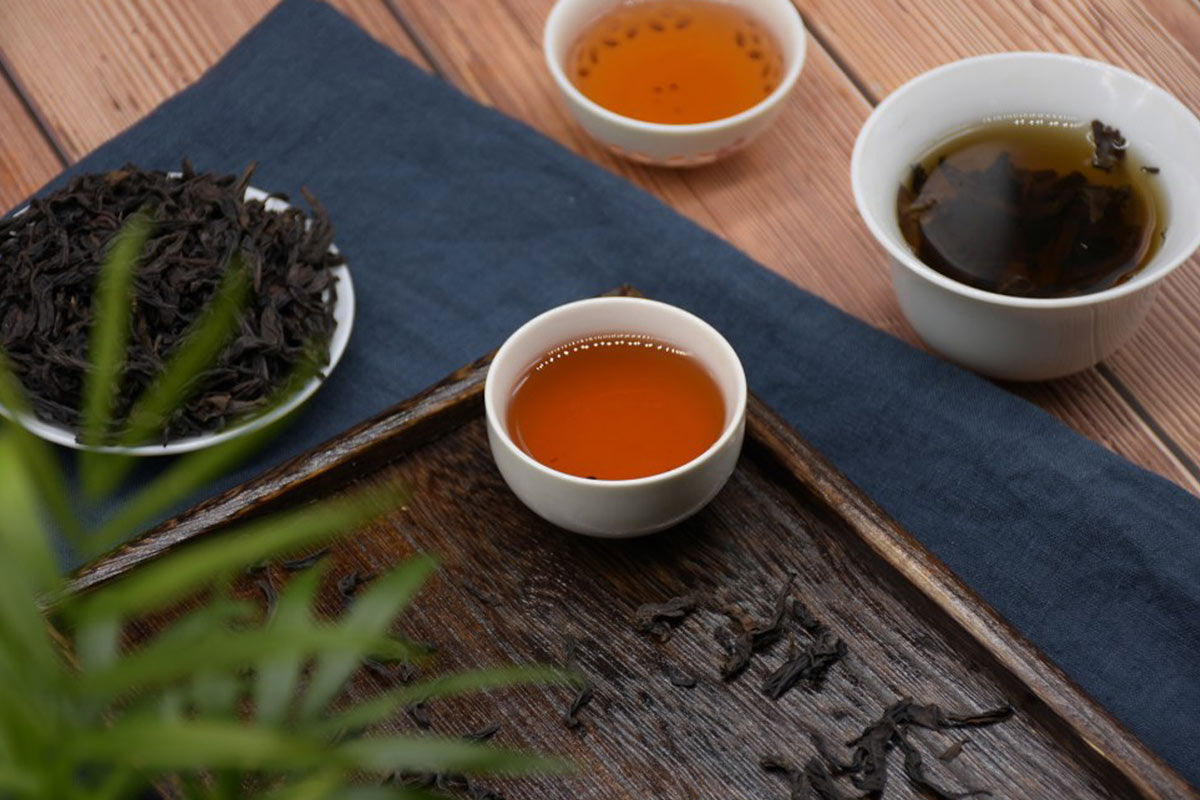
Brew Da Hong Pao: Everything You Need to Know
Dahongpao is one of the most famous oolong teas in China. Dahongpao is produced in Wuyi Mountain, Fujian Province and belongs to Wuyi Rock Tea.
Dahongpao is one of the best varieties of rock tea, but if you don't have the right brewing skills, you won't be able to savor its mellow aroma. This article will guide you how to brew a good cup of Dahongpao!
Required Tools:
A Yixing clay teapot or a porcelain gaiwan, an electric kettle, and a basic Gongfu tea set (including a fairness cup, a tea set, and a tea container). Tea: Da Hong Pao.
Brewing Steps:
1.Preheat the Teapot:
Da Hong Pao requires a high water temperature (90℃~95℃) to fully express its flavors. Warm up your tea set with boiling water to ensure even heating.
2.Add Tea:
Adopt the "bottom-insertion" method. Use a tea scoop to add an appropriate amount of tea (generally 5~7 grams) to the teapot.
3.Rinse the Tea:
Rinse the tea as previously described, quickly.
4.Pour Water:
Pour in boiling water, cover with the lid and steep for 1~2 minutes. During this time, pour boiling water over the pot at least three times. Only at a high temperature can the rich aroma be fully released.
5.Pour the Tea:
Pour the brewed tea into the fairness cup swiftly to prevent the aroma from escaping.
6.Serve:
Distribute the tea from the fairness cup into the tasting cups. This allows you to both enjoy the aroma and observe the tea's form.
Tips:
When you want to enjoy authentic Dahongpao tea, choose loose leaf tea over tea bags. It is the loose leaf tea that will bring out the full flavor of the tea.
1.The first brew of Da Hong Pao should last about 12 minutes. Adjust the timing based on the age of the tea and the quantity used. Each subsequent brew can be extended by 510 seconds. Da Hong Pao can withstand multiple brews, up to 7~8 times.
2.Top-insertion Method: Pour water before adding tea. This is suitable for particularly delicate best loose leaf teas. After pouring boiling water until about 70% full, let it cool to around 75°C and then add the tea. This method is ideal for tender premium green teas like Bi Luo Chun and Xinyang Maojian. Loose or fuzzy teas aren't suitable for this method.
3.Middle-insertion Method: First, pour boiling water till about 1/3 of the cup is filled. Once cooled to around 80℃, add the tea. After a brief moment, add more water till the cup is 70% full, then enjoy.
4.Bottom-insertion Method: Add tea first, followed by water, suitable for loose leaf teas. First, add the tea leaves. Then, pour in water at around 85℃ until it fills 1/3 of the cup. After around 15 seconds, pour in more water until 70% full and let it steep.
Recommended Dahongpao Tea
Dahongpao is a type of tea that belongs to Oolong tea. If you are trying oolong tea for the first time, I suggest you not to try Dahongpao first. You can start by choosing some oolong tea selection. This way you can experience several loose leaf oolong teas and find your favorite flavor from them with minimal cost. Generally famous oolong teas include tieguanyin, fenghuang dancong and so on.If you are an experienced tea drinker, then you must try Dahongpao. Dahongpao is a famous variety of oolong tea. You will be sorry if you have not tried it. There are many Dahongpao teas in the market now. You need to distinguish them carefully. iTeaworld's Dahongpao is one of the good choices. There are many people on Reddit who have tried it. A lot of tea lovers have good feedback on this dahongpao.If you are still hesitating on how to choose. You can boldly try iTeaworld.
Potential Health Benefits of Dahongpao
Dahongpao not only tastes great but also has many potential health benefits.1. Weight lossDahongpao tea contains caffeine, inositol, folic acid, pantothenic acid and aromatic substances and other compounds, not only can regulate fat metabolism, and has a very good analysis of protein and fat, to a certain extent, to help lose weight.2. RefreshingDahongpao tea is rich in caffeine, caffeine will stimulate the body's central nervous system, help to refresh the brain!3. DigestiveThe caffeine factor in the big red robe tea can also improve the permeability of gastric juice, can promote the intestines and stomach under the means of peristalsis, assist digestion. After a big fish and meat, drink some Dahongpao tea, but also can play a role in the demulcent.4. Eye protection and eyesightDahongpao tea is high in vitamins, often drink, help to reduce the turbidity of the eye crystals, can cover, bright eyes. On those who often use the computer crowd, especially suitable!
In Summary, the Three Key Elements of Brewing:
Finally, to summarize the methods mentioned above, I would love you to make a great cup of Dahongpao!
Tea dosage to make a good tea, to master the amount of tea. How much each time, there is no uniform standard, mainly based on the type of tea, the size of the tea set, the tea drinker's drinking habits. Bubble tea amount of more or less, the key to master the proportion of tea and water, tea more water, taste thick; tea less water, taste light.
Water temperature tea boil water, to big fire boil, do not warm fire slow cooking. To just boil bubbling appropriate, with soft water boiling tea, tea flavor is better. If the water boiled for too long, that is, what the ancients called "water old". At this point, the carbon dioxide dissolved in the water evaporated, the fresh flavor of the tea leaves, that is lost. Bubble tea water temperature mastery, mainly based on what kind of tea. Green tea, generally can not use 100 ℃ of boiling water, should be 80 ℃ ~ 90 ℃ of water is appropriate (water to boiling point, and then cooled to the desired temperature). The more tender green tea leaves, the lower the temperature of the brewing water, so that the tea broth is fresh and bright, crisp flavor, vitamin C is also less destructive. At high temperatures, the tea broth is darker in color, vitamin C is destroyed in la、rge quantities, and the taste is more bitter (the caffeine in the tea is easy to leach out), which means that the tea leaves are "scalded".
Time tea
Brewing time and number of times, varies greatly, with the type of tea, water temperature, the amount of tea, tea drinking habits, etc. are related. According to the test, when brewing for the first time, the soluble substances can be leached out 50% to 55%; the second can be leached out about 30%; the third can be leached out 10%; the fourth is left little.






